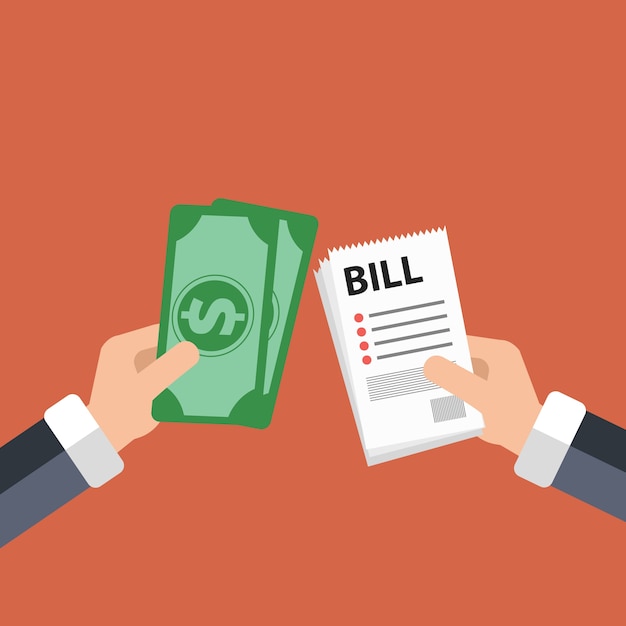

To help you answer these questions, see Setting spending priorities when income falls, Strategies for spending less, and Making the most of what you have. What debts could be satisfied by voluntarily surrendering, or giving back, the item?.What debts are the most important to repay first?.What assets do you have that could be used to pay off your debt (for example, savings and items that could be sold)?.How many creditors do you owe and what is the total amount you owe? Completing the worksheet How Much Do I Owe? (PDF) can help you to get a clearer picture of what and how much you owe.How much money is needed to cover your family's essential monthly living expenses?.How much income can you count on each month?.How long is your present financial situation likely to last?.Creditors are usually willing to work with you if you contact them before you get behind in your payments.īefore you talk to your creditors, take a look at your situation and decide how much and when you can pay each creditor.

When your bills are more than you can pay, you need to contact the people to whom you owe money - your creditors - and explain your situation. Include your family in the decision-making process because their cooperation is essential to carry out the plans. The sooner you change, the more likely your financial problems can be lessened. When family income goes down, your spending habits must change. Instead, look for ways to cut spending until your situation improves. Unless your situation turns around quickly, it only puts you further behind and creates bigger problems. But taking on more debt is generally not a good idea. It may be tempting to use credit cards, take out a home equity loan, or borrow money to pay bills.

When you don't have enough money to cover your family's basic living expenses and pay all your creditors, you face some difficult financial decisions.


 0 kommentar(er)
0 kommentar(er)
